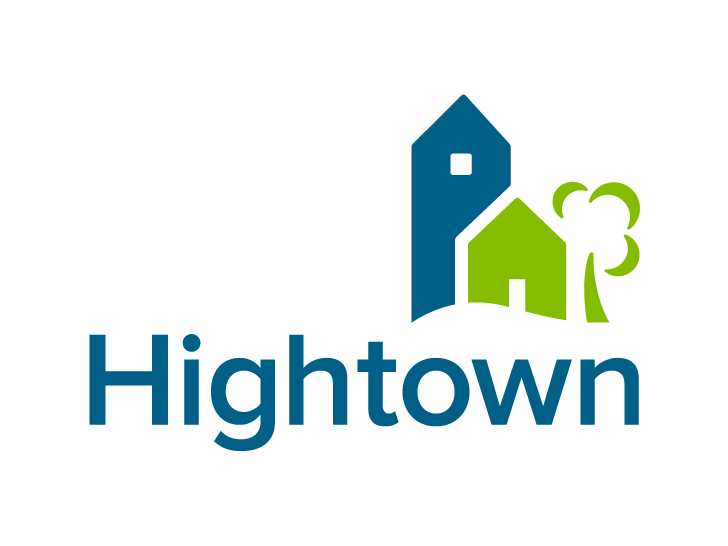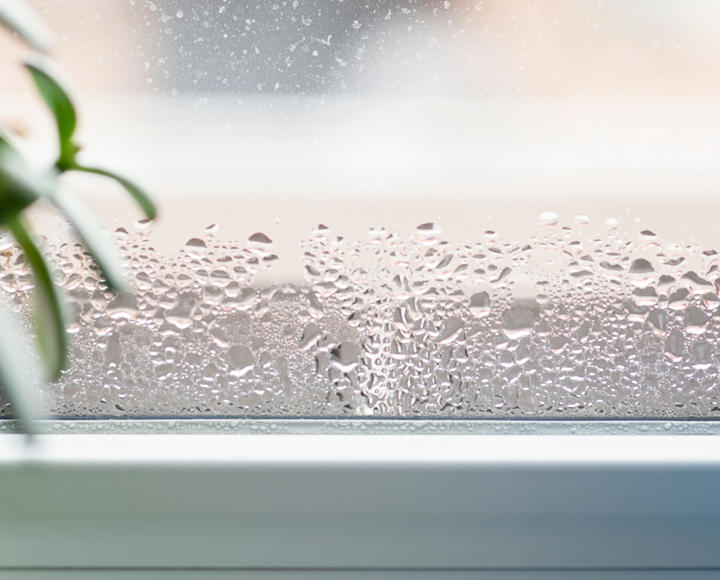-

Report damp and mould
If the damp and mould is not treatable, or if you are concerned, please contact Hightown to arrange an inspection. We will treat areas of mould and assess any measures needed to prevent the mould from returning. You can report it by:
- emailing maintenance.services@hightownha.org.uk and attaching photos.
- calling Hightown's Repairs team on 01442 292301.
- using your MyHightown account.
Advice to prevent damp and mould
- Good ventilation
Make sure you air rooms well, even in winter. - Close doors, use extractor fans and open windows
Close the bathroom door and turn on the extractor fan whilst having showers or baths and afterwards for 30 minutes. Open the windows to allow for ventilation. - Keep trickle vents open
Allow ventilation through the vents by leaving them open throughout the year. - Cover pans and use the extractor fan in your kitchen
To reduce the steam and save money, keep the lids on the pans whilst cooking. Use the extractor fan and keep the window open for 15 minutes after cooking. - Let the damp air out and the fresh air in
Open the windows and wipe window sills daily. - Dry your clothes outside or on a clothes airer inside
If drying clothes indoors, do so in the bathroom, closing the door and leaving the extractor fan on - Properly vented washing-machine or tumble-dryers
A lot of moisture can escape into the atmosphere in a short space of time. Escaping moisture from an unvented dryer will likely lead to increased heating costs. - Maintain a constant temperature in your home
Set your thermostat to around 18°c and maintain it to avoid the release of moisture. - Leave gaps between your furniture and the walls
Leaving a gap between furniture and walls enables the air to circulate freely, reducing the chance of mould growing. - Ventilate cupboards and wardrobes
Avoid overfilling them as this will prevent air circulation.
-

Your home and repairs
Our Repairs team use local contractors to get your repairs sorted as quickly and cost-effectively as possible.




